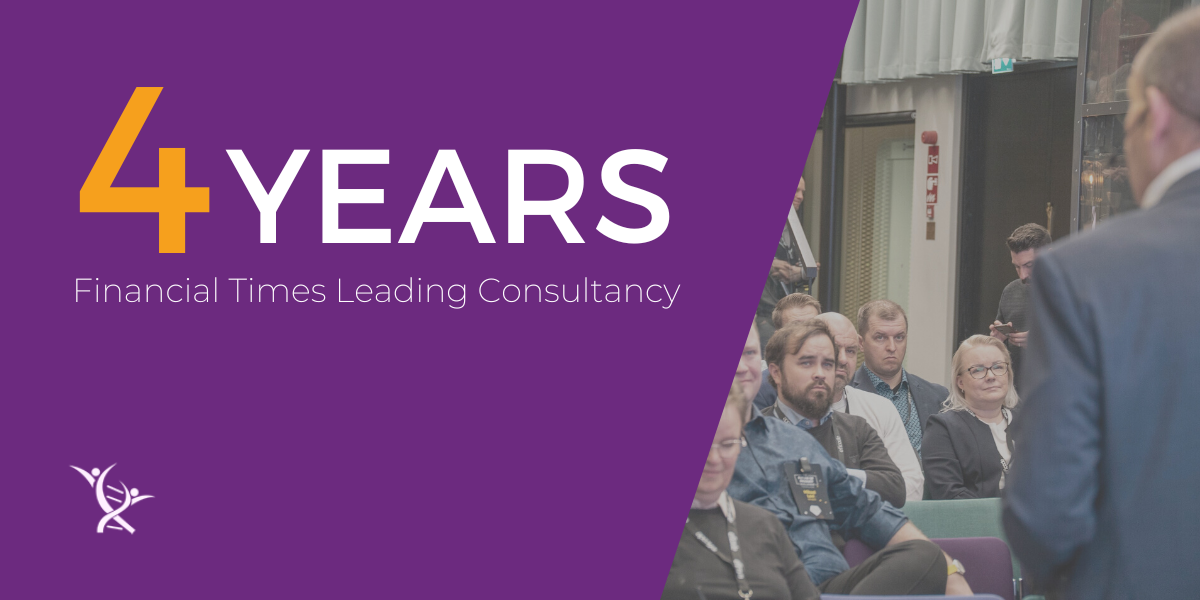One of our podcast listeners has a pickle, which, for those unfamiliar with it, is our term for a business problem. Our listener did their research, which gave them projected sales that made them proceed with their product launch. However, the sales after the launch haven’t been what the study predicted. Understandably, they want to know why. So, I figured we would also discuss our thoughts here since some of you had a similar problem.
My first reaction has two broad strokes to it:
- It could be that the research was wrong, giving our listeners correct but irrelevant answers.
- It could be that the customers thought they wanted it, but once they had that opportunity, they didn’t really want it.
Watch Colin talking about this on YouTube:
Subscribe to our YouTube channel here to see all the latest videos!
The Problem With Mindsets
Let’s explore this second reaction a bit. There’s a difference between what customers say and what customers do. It could be a mindset problem. A respondent might be in one mindset when asked a question in a research situation and another when facing a purchase decision.
To illustrate what I mean, let’s look at an example I often use, The Disney Theme Park Salad. Many of you will recall how this story goes. Disney asked people what they would like to see offered at the food venues at the park. Their research indicated that park guests would enjoy the option of a salad at the park, but Disney also knew that people in the theme park don’t eat salads and instead choose junk food.

What’s happening here is that people are in different mindsets. Park guests know they have health goals, and, as part of them, they eat salads from time to time. So, when they are answering the survey, they say, “a salad.”
However, once they are in a theme park, riding rides, watching shows, and feeling relaxed, they are not as in tune with those health goals. Instead, they are in a vacation mindset. Choosing fun food that tastes good and isn’t healthy fits in better with a vacation mindset. So, they order “a burger.”
In a way, we are dealing with two people: research customers vs. consumption customers.
A friend of mine had another observation about what could be happening here. He said that humans have a persona we show to the outside world. However, inside we have a persona that knows who we are. In a way, the conflict between these two personas is what happens in this food survey by Disney. The outside persona (who the customer wants to project) answered with the salad response, while the inside persona (who the customer really is) ordered the burger.
In a way, this dichotomy is a limitation of all research. Research is still one of the best ways to determine your customers’ wants. However, it always comes with this massive caveat that what people say and what they do are often very different.
Pushing People to Your Bias
Also, how people research matters, too. For example, researchers can affect the answers they get by how they ask the questions. This effort can be deliberate or not. There is a comical depiction of how this works in a program in the UK called “Yes, Minister.”
The name for this activity is Push Polling. If you ask leading questions to get your desired response, it’s manipulating the answers. Now, in the skit, they are doing it deliberately. However, most marketers don’t mean to Push Poll; it’s accidental. From leading questions to what else is offered alongside the answer the person gives, there are multiple ways you ask the question that biases the answer.
Also, Don’t Forget About Emotions!
Also, you have to understand the customers underlying emotions. For example, I need a specific size hole in my wall at my house in Sarasota, so I need a drill bit to make it. However, if I were to buy the drill bit, I am not buying it because I care about my drill and want an assortment of bits. So instead, I am purchasing the drill bit to make a hole…and the hole is so I can hang a picture of my grandchildren there. I miss them when I am in Florida, and I want to see their little faces.
One way to view this underlying emotion concept is that your customer hires your product to do a job. In this case, I am employing the drill bit to make a hole in my wall to hang a picture of my grandkids. So, one way to determine if you are providing value is to ask customers whether they would hire your product again.
However, sometimes customers hire a product to do two jobs. For example, a customer might buy a watch to tell the time. But they also might buy a watch as a status indicator. So, instead of the $10 Timex, they will buy a much more expensive brand. Now, the more expensive watch tells the customer the time and everyone around the customer that they have a lot of money to spend on a watch.

In some cases, the product does only one of the jobs well. Most people buy a car to get places but also buy a vehicle for status. In the 1980s, the DeLorean was a status car for a while. Unfortunately, it wasn’t that great of a vehicle for getting places. Jaguar is another status car brand that didn’t have outstanding performance. Again, the car brand has exceptionally high status but performs with low reliability.
So, What Should You Do With All This?
So, getting back to the pickle and our listener that is not getting the sales they expect, they can do a few things.
First, I would like to know what the research was. There are so many out there, but few get to the underlying motivation, or the real reason, that customers want what they want. If you enter into research with preconceived notions about what customers want, you could introduce bias into the responses (accidentally). I suspect something like this might have occurred with our listener, whose research has led them astray.
Therefore, we suggest using multiple research methods to counteract these unwitting effects whenever possible. For example, surveys are an excellent research method; you can get some excellent quantitative data from them. However, they have blind spots. Therefore, observational techniques can help fill in those missing parts.

One observational technique is ethnography, which could provide excellent insight into what customers want. Ethnography is data collected through observation and interviews. In other words, it’s watching customers while they are customers. When you engage in this, you can see what people do intuitively when buying.
For example, watching parents buy baby food in jars, researchers observed that they would squeeze the jars and smell them as if they were buying actual produce. The parents wouldn’t have mentioned it if the researchers had asked them in a survey. The parents also probably wouldn’t have been aware they were doing that either. However, this research revealed to the baby food company that emphasizing how the baby food was fresh was essential to parents buying baby food.
Also, getting the research as close as possible to the actual behavior is essential. In other words, get as close to the exact customer mindset as possible; people have a different perspective answering questions about a purchase than what they would have during or after a purchase.

In addition, if you can get a third party involved in your research, it could help. Whether that’s an independent group within your organization or hiring someone, having an outside perspective can help. Removing our views is challenging, so our bias can seep into the research design.
Insufficient research and customer mindsets can lead one astray. Just ask Disney when they throw out the salads every night that the customers said they wanted! By mixing research types and getting at the heart of what drives value for customers, you will succeed with your product.

If you have a business problem that you would like some help with, contact me on LinkedIn or submit your pickle here. We would be glad to hear from you and help you with your challenges.


